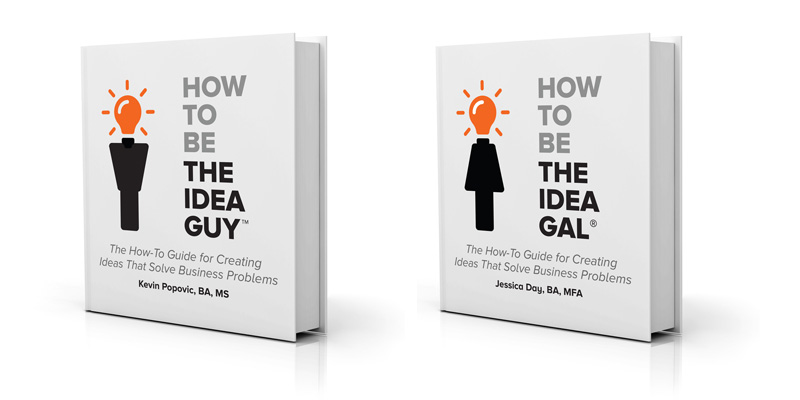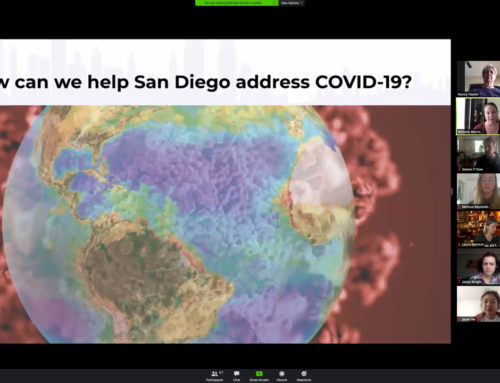An Invitation to Collaborate on The How-To Guide for Creativity + Innovation
The Idea Guy • February 3, 2020
It’s unfortunate, but most people are not confident with their creativity. Consequently, neither are their teams or organizations.
When we were very young, our creativity knew no bounds. Simple drawings received praise from our parents, and recognition on the refrigerator door. The positive reinforcement inspired more drawings, and the continuous cycle created confidence.
In school, however, our creativity was introduced to structure and evaluation.
Some of us remember that other kids were more confident, and recounted stories of their refrigerator fame. Peer pressure to compete was high, and negative reinforcement increased the personal stakes.
Teachers provided direction, like staying on the paper. Color choice mattered, as well as other criteria. Evaluation generated scores that impacted report cards and changed the way we felt about our abilities. More emphasis was placed on checking boxes for testing and accountability instead of on feeding our creativity.
Students who didn’t get good grades being creative looked to other avenues where they did achieve. Over time, the risk of negative responses increased, and the reward decreased. You, me, all of us became less creative.
A study in Times Educational Supplement Scotland (2005) showed that 98% of children (age 3-5) tested as divergent thinkers – people that can generate creative ideas by exploring many possible solutions. When they were aged 8-10, 32% could generally think divergently. When the same test was applied to 13-15-year olds, only 10% thought of problems in this way. When the test was used with 200,000 25-year-olds, only 2% scored as divergent thinkers.
In most educational systems, students lose their natural creative ability in place of compliance. Most professional systems, like job titles and department names, communicate that new ideas are not our responsibility.
A global study by Adobe found that businesses which invest in creativity experience increased employee productivity, produce better customer experiences and are leaders at fostering innovation.
Unfortunately, these early educational and ongoing experiences have led to a creative decline for most of us. But fortunately – it’s not too late: you can regain the creativity from your childhood. Creativity is like a muscle, and just like exercising at the gym, you can rebuild your creativity with exercises that help you to become stronger, and more confident.
We’re developing a book that helps bring together the two sides of the problem: how individuals can tap back into their creativity, and how organizations can move towards innovation.
In How To Be The Idea Guy, I provide stories, examples, and exercises that help people understand how to improve their personal creativity and the environments in which they work.
- By understanding your personal creativity, you can identify your strengths and weaknesses for improvement.
- By understanding the creative process, you can create new ideas that solve problems.
- By applying what you learned, you gain experience and build confidence.
In How To Be The Idea Gal, co-author Jessica Day helps people understand innovation, and how to implement within their organization.
- How organizational creativity is impacted by an engaging communications strategy.
- How a process driven by a dedicated champion creates metrics that matter.
- How aligning business needs with the authority for change impact success.
Together, we lead readers through the learning needed to impact their creativity, their ability to innovate as teams and provide the insights needed to build systemic creativity within their organization.
Collaborate with Kevin Popovic and Jessica Day
We’re looking for people, just like you, to collaborate on our book.
What do you think about our working outline? What do you think about the way we approach each section. What do you think about the references, resources, and exercises we include?
If we use your idea, we’ll include your name in the book. If we use your story, we’ll give you credit. If we include your drawings or pictures, we’ll give you photo credits.
Review our outline, share your ideas, collaborate with others, cast your votes: https://theideaguy.ideascale.com/a/ideas/top/campaigns/24197
The Idea Guy / The Idea Gal: The How-To Guide for Creativity and Innovation by Kevin Popovic, Jessica Day… and you. – kp
A note from Jessica Day about the gendered titles of this book.
“In no way are Kevin and I are trying to genderize the roles, processes, best practices, stories, or work that we each write about. We have partnered because we are both passionate professionals in the exciting idea space, and we feel that the information we’re sharing here can (and should) be used by those who want to be better than they are today. I share what I know works best about ideas, and creativity, based on more than ten years of working with innovation departments from my perspective, just like Kevin wrote from his. He’s been called “the Idea Guy” for quite some time, and when he started referring to me as “the Idea Gal” – it just seemed to fit. So, take our experience and stories as an invitation to try on these roles for yourself… and let’s see what you can do.”






